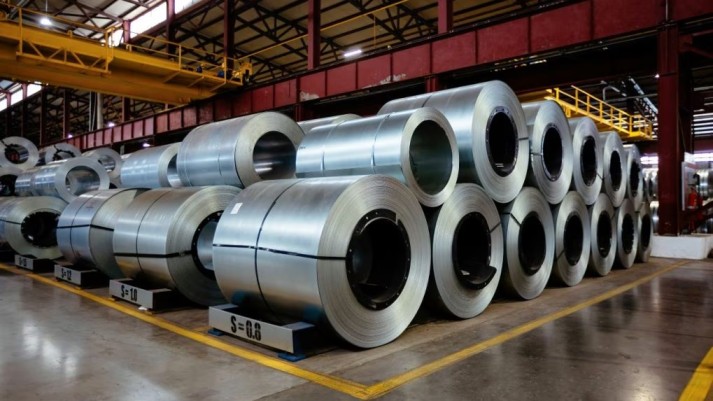India–US Trade Tensions Rise Over Steel and Auto Tariffs NMDC Limited reports a 38% drop in Q4 FY24 consolidated net profit RINL to Raise $23 Million Through Land Sales Amid Crisis

According to the Organisation for Economic Cooperation and Development (OECD), last year global steel production capacity, cited by the World Steel Association (WSA) representative, hit a maximum of 2.5 billion tonnes (after 2014, it fluctuated at 2.45 billion tonnes for a long period). However, according to Zhong Shaoliang, despite their potential growth in the future, expansion opportunities will gradually narrow due to carbon reduction initiatives.
The main suppliers will be India and major ASEAN countries of new global steel capacity by 2026, with blast furnace production of 70 million tonnes (MT), replacing China, which dominated this role.
In addition, in the next three years, Zhong noted, steelmakers in Europe, North America and the Middle East will develop new electric arc furnace (EAF) capacity. However, he expressed uncertainty about the potential for a significant increase in the share of steel produced by this route in global production in the near future, as it is currently at its lowest level in 50 years.
In the OECD’s January report, the 57.1 MT increase in global capacity last year was the highest annual growth in the last decade. Asia accounted for 30.5 MT, or 53.3% of this figure. The gloomy outlook for steel demand and the upward shift of steel capacity from China to other regions create an alarming outlook for the coming years. This is also a major obstacle to achieving the industry’s decarbonisation goals.
Also Read : Ferrous scrap consumption up 1.7% in January-April Indian steel mills seek iron ore export ban as China sales jump